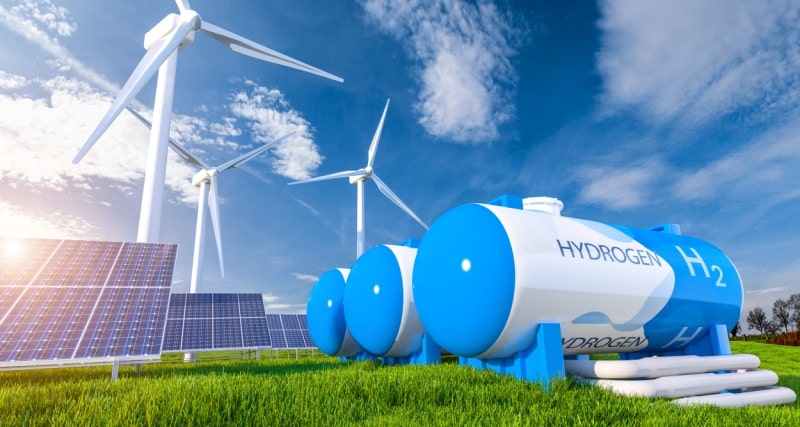While hydrogen has the potential to become a widespread clean energy source, there are very real safety issues to contend with, says MSA Safety
Hydrogen (H2) is light, simple and abundant. Because it does not create carbon dioxide (CO2) emissions when burned, it holds great promise for global energy transformation and decarbonisation.
However there are very real safety issues to contend with:
• Hydrogen has a propensity to leak.
• It is colourless, odourless, and tasteless, making it undetectable by human senses.
• It has an invisible, high- temperature flame with low thermal radiation.
• It is fast detonating and more explosive than natural gas.
Fire, explosion, and asphyxiation are the main safety considerations associated with handling hydrogen.
According to the US Department of Energy, “Adequate ventilation and leak detection are important elements in the design of safe hydrogen systems. Because hydrogen burns with a nearly invisible flame, special flame detectors are required."
Read the complete story on the latest issue here.






